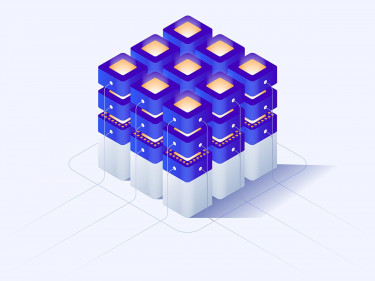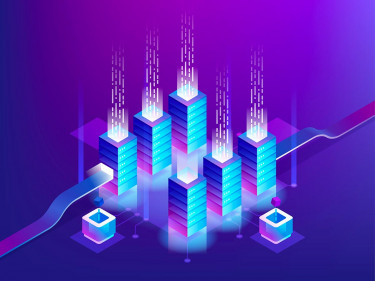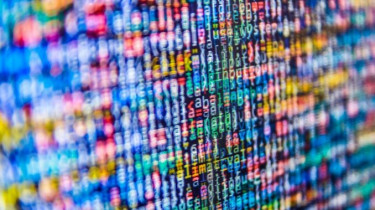Data Analytics
Any managerial decision must be based on a solid database and analysis that places them in variable correlations depending on the activity to be addressed; in the absence of such infor-mation, the manager risks becoming a fortune-teller.
Typically, our customers today have a huge amount of data and information available and, in the omnichannel ecosystem, online and offline sources interact with each other on the same subjects, making tools that organise and use data in a simple and homogeneous way indispensable. Hence the need for a tool, Data Lake, that makes all the internal and external information accumulated and collected in the performance of financial intermediation activities available with modern and effective Data Visualisation and Data Analysis tools.

In liaison with specialised partners and data scientists, OCS offers advanced AI services in the form of Data Science and Machine Learning to support its customers with:
Descriptive Analysis: the analysis looks at data from the past and attempts to answer the question "What happened?". This type of analysis is generally used to measure and analyse different types of performance indicators (sales, leads,...).
Diagnostic Analysis: Diagnostic analyses aim to explain “Why something happened” and follow the descriptive analyses with which positive or negative phenomena are measured. For example, if a descriptive analysis highlights a significant rise in the number of leads, the diagnostic analysis will attempt to identify the most decisive marketing action that generated the increase in leads.
Predictive Analysis: Predictive analysis tries to elaborate future scenarios by processing historical series, thus answering the question "What will happen?”.
Prescriptive Analysis: the prescriptive analyses pool all the elements collected with the previous analyses to develop action plans, organisational changes or any decision regarding the business strategy. This is commonly referred to as Data-Drive Decisions.
“What's the difference between data science, AI and machine learning?
Data science, AI and Machine Learning are often used as synonyms. In practice, they are not synonymous although the three terms are closely related.
AI – Artificial Intelligence, or, in Italian, artificial intelligence, is the field of computing that aims to build “machines” that mimic, or resemble, human behaviour: it therefore encompasses both the “thinking” and "acting” spheres.
Data Science and Machine Learning are subsets of artificial intelligence.
“Machine Learning” is, literally, the (automatic) learning of the "machine”: the computer system learns from the data how to recognise recurring patterns through artificial algorithms, both supervised or not. In both cases, the system is “trained” by means of a dataset divided into two parts, the training set and the actual test set: the machine learns over time how to recognise the correlations in the test set starting from those seen earlier in the training set. By re-training the model with more data, learning becomes ever more accurate.


The main supervised algorithms include artificial neural networks, mathematical calculation models that through connections, as in the natural neural network. Connections that vary in importance depending on the information seen during the learning phase. The most common methods of unsupervised learning include Clustering and Data Mining: in the first case, the aim is to find Clusters, groups with similar characteristics, in the incoming data; in the second, relationships between as yet unknown data.
Data Science is the scientific discipline to construct statistical models and analysis techniques that can be used to obtain value from data. It is less technical and broader than machine learning, also dealing with the "what” and not just the “how”. It is defined as a subset of artificial intelligence because the results of data science contribute to building intelligent agents. (Source BigData4Innovation)



